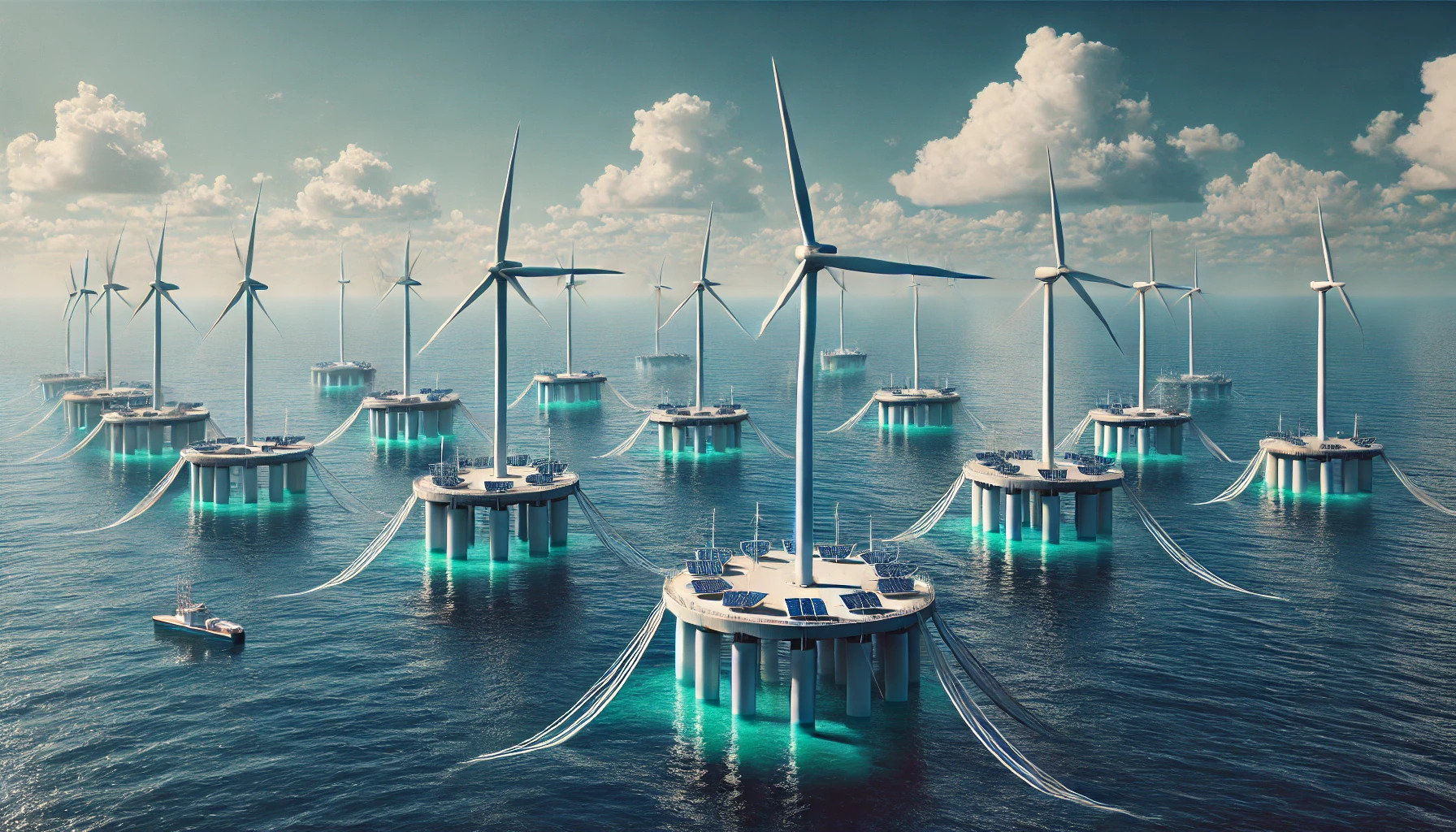As humanity seeks unmatched sources of power, floating offshore wind farms present themselves as exceptionally pragmatic options. This is supported by the fact that power generation from offshore wind turbines is expected to become effortless. In addition, floating wind farms power turbines are positioned on surfaces of the water and attached to the sea floor with keeping lines. Generation of energy can easily take place in locations where conventional offshore wind farms cannot be placed. The generated power is delivered to the onshore grids utilizing underwater cables while ensuring the transmission of a stable electricity supply.
Benefits of Using Floating Offshore Wind Farms.
Increased Output Due To Accessing Stronger Winds- Due to deeper placements of floating wind farms, continuous and strong winds of high elevation are better accessed. This leads to greater energy yield.
Decreased Impact On The Environment- Unlike fixed turbines, floating structures do not disturb the seabed so marine ecosystems can be protected.
Adaptability in Deployment – Floating platforms can be installed in locations that wind energy resources is plentiful, but the geographical landscape is unfavorable for the construction of fixed-bottom turbines, thus increasing the potential for wind energy harvesting.
Adaptability and Economical Effectiveness – The expense of floating wind turbines is anticipated to lower as time goes by, which will serve as a clean energy alternative. Hence, as technology improves, these systems are anticipated to provide clean energy solutions on a massive scale.
Obstacles and Future Opportunities
Floating offshore wind farms have enormous value, but still grapple with the issues of high initial capital requirements, intricate installation methods, and advanced maintenance. Therefore, other economical concepts such as engineering alongside materials science are focusing on solving these problems. This would set a new standard for integrating these systems. Some countries, especially the UK, Norway, and Japan, are setting the pace by developing large-scale floating wind projects, which brings hope for this technology.
Final Remarks
The construction of floating offshore wind farms is bound to make a notable contribution toward a cleaner and more sustainable energy future. These systems in the future are expected to make a major contribution in cutting down carbon emissions and addressing global energy requirements effectively. Helpful in doing so will be ongoing engineering advancements that are set to increase efficiency and reduce cost, thereby making these systems more competitive to traditional sources.
If you enjoy blogging, uploading videos and images, or answering FAQs, visit Engineer’s Heaven, a social networking website meant for engineering enthusiasts. You will also meet innovators along the way


